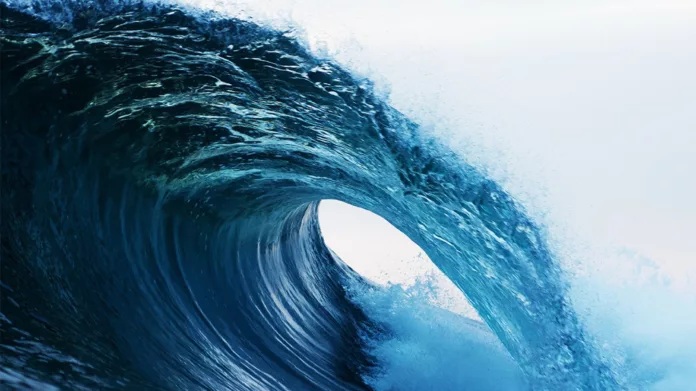
By Samantha Simon
Antigua and Barbuda will once again take part in a tsunami exercise on March 21, with the National Office of Disaster Services (NODS) facilitating it across the country.
The exercise is part of a regional programme by the United Nations Educational, Scientific, Cultural Organisation (UNESCO) to ensure that citizens are prepared in the event of natural disasters. Antigua and Barbuda has taken part since 2011.
The exercise simulates possible real-life disasters, with this year’s wave simulation specifically focusing on the possibility of a tsunami occurring following an earthquake off the coast of Puerto Rico.
At 11am on March 21, tsunami sirens across the island will sound, as well as notifications be sent out via the Cap.Cap app to users, signalling the exercise.
Public Relations Officer of NODS, Midcie Francis, explained that they are currently in discussions with developers to rectify issues regarding the Cap.Cap app being unavailable for download from the Google and Apple stores.
Android users who may encounter issues downloading the app can do so by clicking the link below and following the instructions shown.

Persons taking part are asked to evacuate to nearby designated safe zones.
Francis listed the St John’s Cathedral, YASCO, Adele School, and Antigua Recreation Ground as some of the safe spots identified within St John’s.
Further areas will be made public in the near future, but she recommended that persons head to locations near them that are significantly higher than surrounding areas.
Francis also pointed out warning signs persons should take note of in the event that there is a real tsunami.
“One is a major earthquake where it shakes and, if you’re standing, it feels like you’re going to fall to the ground,” she said.
“Second sign, there is a strong rumble coming from the sea, so if you’re at the seashore and you hear that you need to run, get to higher ground.
“There is also the sea receding from the shore. Those are all signs of tsunamis. So, if you don’t get the alert and you see these signs or hear these things, it’s for you to take action. You get the high ground as soon as possible and you wait there until you get the all-clear to return.”
Whilst in prior years it was primarily schools that took part in the exercise, Francis hopes that more institutions and groups will participate in this important exercise.
“We’re also looking at having participation from the early childhood centres, so daycare and preschool. We want early childhood centres, daycare, preschools, primary secondary schools, various workplaces, the banks, the businesses.
“Everyone who is able, we ask that you participate, use this opportunity to enhance your knowledge about tsunami preparedness and being ready for tsunamis,” she added.
Over 20 schools and private institutions have signed up to take part in the exercise thus far, with more welcomed to take part by registering before March 7, so that arrangements can be made to facilitate participation.
